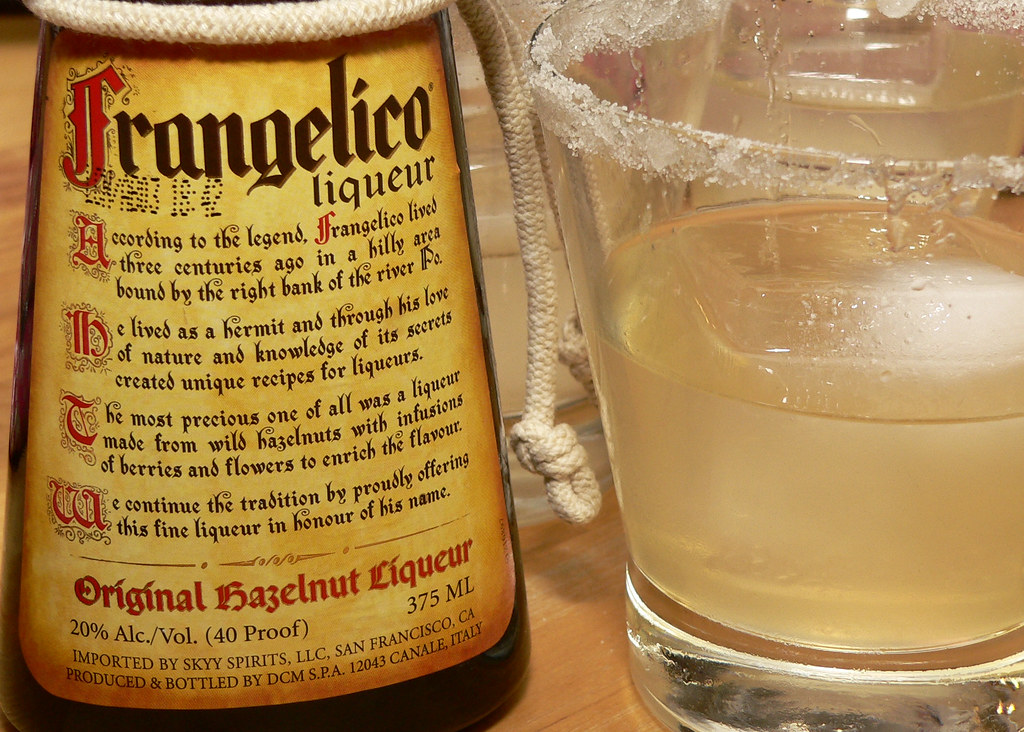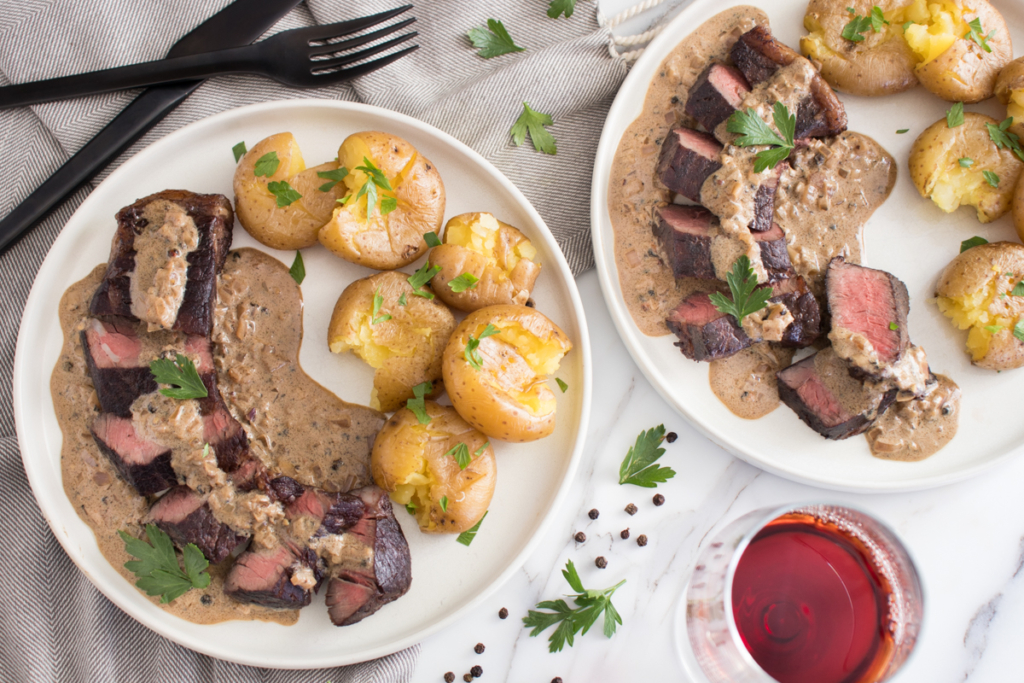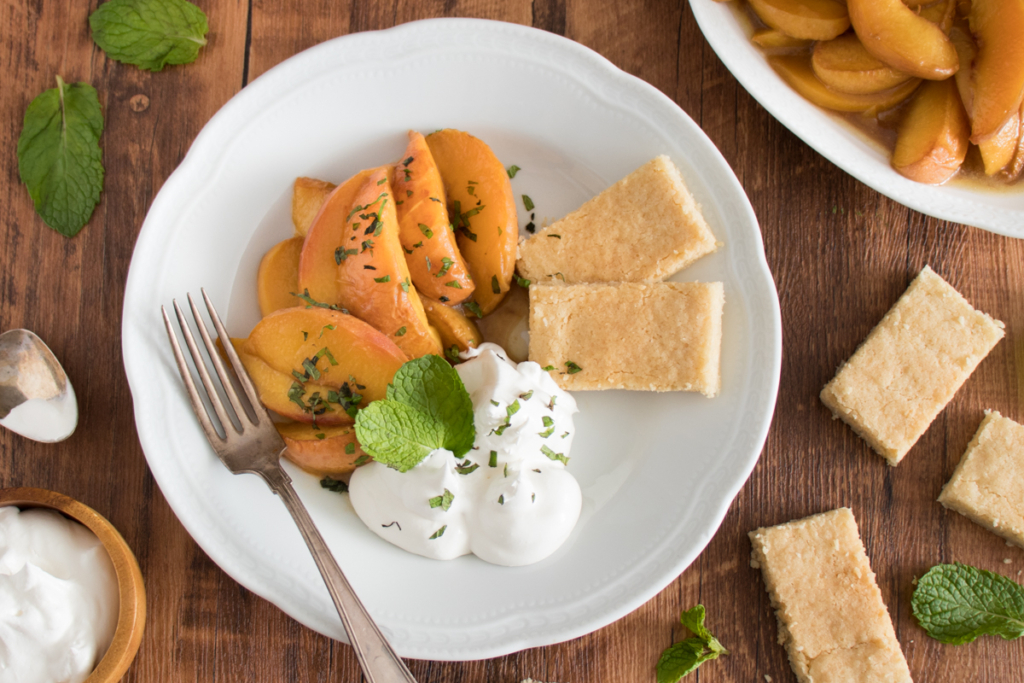This popular Italian liqueur is famous for its deep hazelnut flavor and dessert-like undertones. It’s a complex symphony of sweet, rich, and toasty that we simply can’t get enough of.
What Does Frangelico Taste Like?
Frangelico has a smooth, caramel-like sweetness and a rich roasted hazelnut flavor layered with notes of cocoa, vanilla, and coffee. This lush flavor profile is complemented by a delicate and refreshing hint of blended herbs.
How is Frangelico Made?
The process starts by distilling alcohol infused with toasted hazelnuts. The hazelnut distillate is flavored with extracts from cocoa, vanilla, coffee, and a few other ingredients to make a concentrate. This concentrate is combined with alcohol, sugar, and water then aged for 6-8 weeks.

Frangelico Cocktails
Adding a shot of creamy, toasty Frangelico is an easy way to elevate your cocktails. For a classic pairing, combine Frangelico with anything that shares its core tasting notes. Mix it with hot coffee for a drink similar to an Irish coffee or make a Satin Angel, a cocktail reminiscent of a milky White Russian. We also recommend adding a shot to perk up a Don Pedro.
The sweet liqueur can also bring some balance to dry, sour, or spiced beverages. Add it to a white wine spritzer, use it in a sour, or mix it into your spiced cider.
Frangelico in Cooking

As with cocktails, Frangelico’s complex flavor makes it a surprisingly versatile ingredient in the kitchen. Its chocolate and hazelnut overtones make the liqueur a naturally fantastic addition to desserts and baked goods, but the same rich flavors also work wonderfully in savory dishes.
Swap the brandy in our steak au poivre sauce with Frangelico to impart a layer of toasty hazelnut flavor and take an already decadent dinner option over the edge. A little reduced Frangelico would also be a welcome addition to our braised garlic chicken.
For a grown-up dessert, treat yourself to boozy peaches and cream with Frangelico in place of bourbon. Or, add a tablespoon or two of the Italian liqueur to the whipped cream in our sous vide pot de creme.

Feature Image: Flickr user DeathByBokeh ( CC BY-NC 2.0 )



